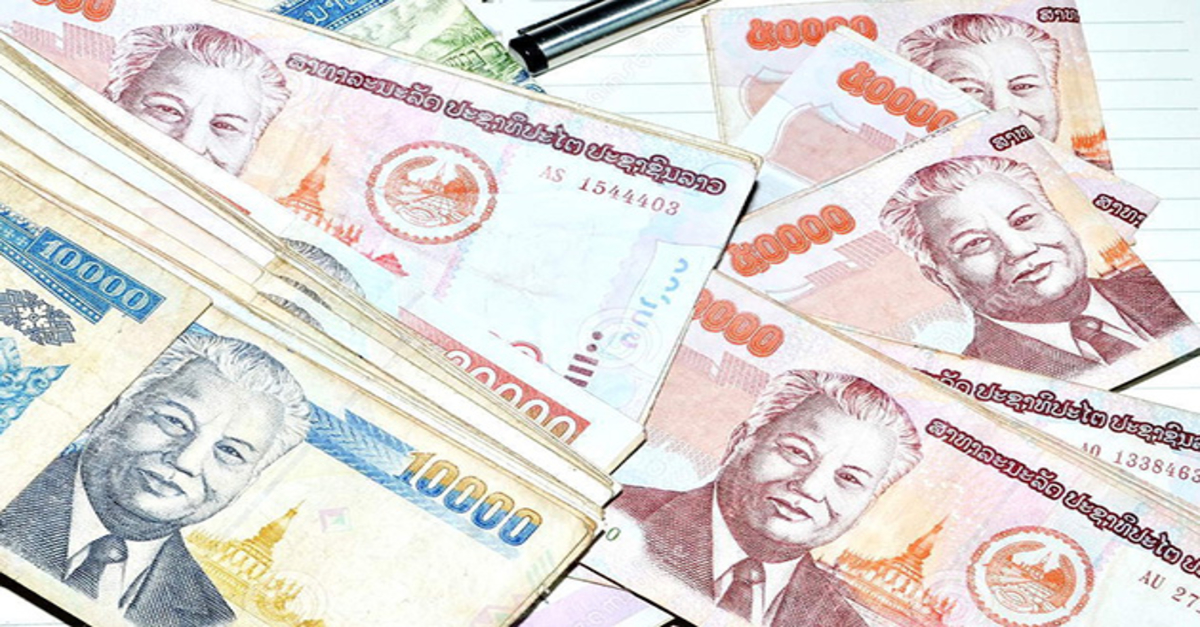According to a report by the Asian Development Bank (ADB), the Kip’s value depreciated by 37.4 percent against the US dollar and 32.9 percent against the Thai baht between January to August in official markets.
The update of ADB’s flagship publication, Asian Development Outlook (ADO) 2022 stated, “The gap between the official and parallel foreign exchange markets was 38.6 percent by mid-June, but it narrowed to an average of 15.9 percent in August.”
The fall in Kip’s value is associated with the country’s decreasing foreign exchange reserves which can’t match up to its demand in the market. This is in turn raking the price of imported goods and increasing the inflation rate of the country which already crossed 30 percent in August.
The devaluation of LAK is not just affecting the country’s economy but also making poor people’s lives even more difficult.
According to the ADB, the average inflation rate of the country was 15.5 percent in the first eight months of this year. Fuel prices were increased 13 times between January to September, resulting in a whooping 90.3 percent rise in diesel prices and a 62.3 percent increase in gasoline prices.
The country’s high public debt and inflation has caused significant economic and financial pressure for Laos. As a response to this crisis, in June the Lao government increased the availability of foreign exchange for fuel importers and issued letters of credit to stock up fuel supplies. Since Laos imports more goods than it exports, foreign exchange reserves are crucial to make payments for them.
Savings bonds worth 5 trillion kip, or 3% of the money supply, were issued by the Bank of the Laos in an effort to curb the economy’s excessive liquidity and boost Kip’s demand.
Just in August, Laos recorded a trade deficit of USD 166 million, which was up from July’s figures of USD 114 million, according to the Lao Trade Portal.
Linked with the Russia-Ukraine conflict, the rise in prices of essential items have seen families cut down on their daily spending, which affects the country’s output growth. A steady rise in the price of fertilizer, animal feed, food and fuel did not encourage farmers and producers to expand their operation either.
According to the ADB research, foreign direct investment inflows were cut in half to USD 280 million in the first half of this year due to weaker development in Laos’ trade partners, limiting fixed investment’s contribution to GDP.



